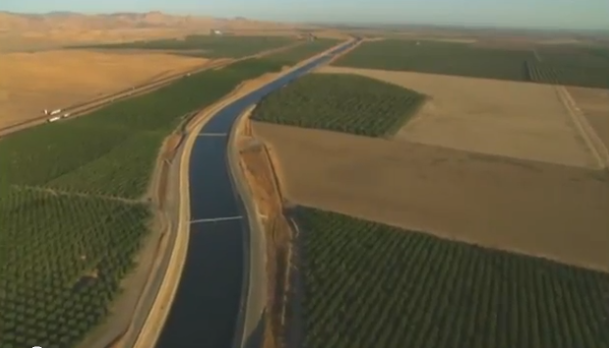
A lot actually. UC researchers are working with farmers across the state to find ways to reduce their impact.
For example, water. Water is one of the biggest concerns in California - both quantity and quality. The San Joaquin River is the second largest water supplier, but also one of the more impaired water bodies. UC researchers have started working with farmers to restore wetlands and using them as agriculture buffers. This natural protection mechanism is preventing nitrates from reaching the San Joaquin River, and has helped stabilized nitrate levels in our drinking water.
Bovine Bubbles are another great example. UC researchers are using bovine bubbles to study the amount of greenhouse gasses cows produce, and how to reduce it. In the process, they've discovered that cows produce 3.4% of greenhouse gas emissions in the US, contrary to a UN Food and Agriculture Organization report in 2006 that stated livestock contributes 18% of global emissions.
"There's no other country in the world that uses fewer animals to produce a given amount of food than what we do here," says Frank Mitloehner, UC Air Quality Extension Specialist.
For example, in California, one cow equals 20,000 lbs of milk. In Mexico, one cow equals 4,000 lbs of milk, and in India, only 500 lbs of milk.
"From now on, every 11 years we add another billion people to the world population. Within my lifetime, the human population has doubled. And here comes the big problem: the land that we use to feed all the people in the world...is a set amount and cannot be increased," says Mitloehner.
It all comes back to sustainability. Can California continue to lead in agricultural sustainability? Will we be able to continue to increase yields to feed our growing population, while protecting and preserving our natural resources?
Comment below, and sign up for next week's Global Food Systems Forum live webinar to join the conversation.